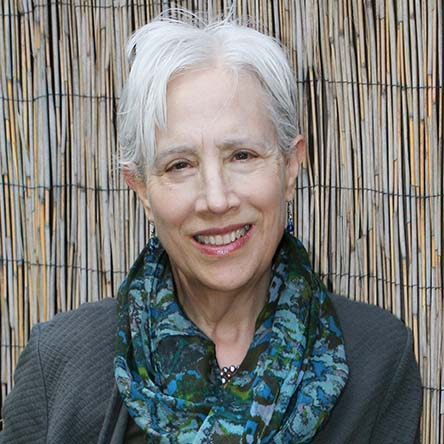The Rashomon Effect and Conflict
What is the Rashomon Effect? And how can it help with Conflict?
In my twenties, I got hooked on old Japanese Samurai movies and watched many cinema classics. The one that made the biggest impression, so that it haunted me decades later, was called Rashomon.
Rashomon was truly groundbreaking–the first movie I’m aware of to tell the same story from the perspective of three different characters. I wanted to use the movie to make a point about assumptions in a class I was teaching on conflict management, so I went looking online for a movie poster. I did find one, but I was quite surprised to also see several articles on The Rashomon Effect. Clearly, I was only one of many people the movie had made a powerful impression on.
So what is this phenomena of the Rashomon Effect? And how in the world does a Samurai movie from the 1950s resonate so deeply with us today about conflict? As I have written in previous blog posts, the stories we tell ourselves are the frame through which we view a conflict. We all tend to create a story of the conflict, believe it is the truth, and forget that other people involved will have a different story. The movie vividly illustrates this.
In the first section of the movie, we see a series of events from one character’s perspective, and think we have a pretty good idea of what happened. Then, we see the same events from the perspective of another character, and completely change our understanding of what happened and why. In fact the second part feels almost like a completely different movie. It is mind blowing! And then we have to rethink everything yet again when we see the compelling and shocking events as experienced by a third character.
Rashomon is a striking, cautionary tale that what we think happened in a conflict or difficult conversation is simply our perspective. We may not have all the information, and we certainly don’t understand how the other person experienced the event. If we can open our minds and hearts to curiosity and compassion and make room for alternative perspectives, we can lookat our contribution to the problem as well as theirs. Then, we can find better ways to talk, problem solve, and move forward.
 Lorraine Segal has helped over 2000 leaders and others in organizations and corporations communicate more clearly, transform conflicts, and let go of resentments. The goal: to create a more harmonious and productive workplace. Through her business, Conflict Remedy, Lorraine creates customized training and Coaching programs for non-profit organizations, corporations, and government agencies and Sonoma State University. She was recently named one of the top 15 coaches in Santa Rosa by Influence Digest. She is a contributing author to the book, Stand Up, Speak Out Against Workplace Bullying. Her latest project, a memoir called: Angels and Earthworms, an unexpected journey to love, joy, and miracles, is about her transformation from miserable self-doubt to self-acceptance, true love, spiritual awareness, and right livelihood. Find out more about the memoir here.Contact Lorraine through ConflictRemedy to request a free consultation for you and your organization or to sign up for her conflict remedy newsletter and blog.
Lorraine Segal has helped over 2000 leaders and others in organizations and corporations communicate more clearly, transform conflicts, and let go of resentments. The goal: to create a more harmonious and productive workplace. Through her business, Conflict Remedy, Lorraine creates customized training and Coaching programs for non-profit organizations, corporations, and government agencies and Sonoma State University. She was recently named one of the top 15 coaches in Santa Rosa by Influence Digest. She is a contributing author to the book, Stand Up, Speak Out Against Workplace Bullying. Her latest project, a memoir called: Angels and Earthworms, an unexpected journey to love, joy, and miracles, is about her transformation from miserable self-doubt to self-acceptance, true love, spiritual awareness, and right livelihood. Find out more about the memoir here.Contact Lorraine through ConflictRemedy to request a free consultation for you and your organization or to sign up for her conflict remedy newsletter and blog.
© Lorraine Segal ConflictRemedy 2023
Related blog post: The Power of Story to Shift Conflict
The post The Rashomon Effect and Conflict appeared first on Conflict Remedy.
























